Home>Garden Essentials>What Does The Color Coating Around GMO Seeds Mean
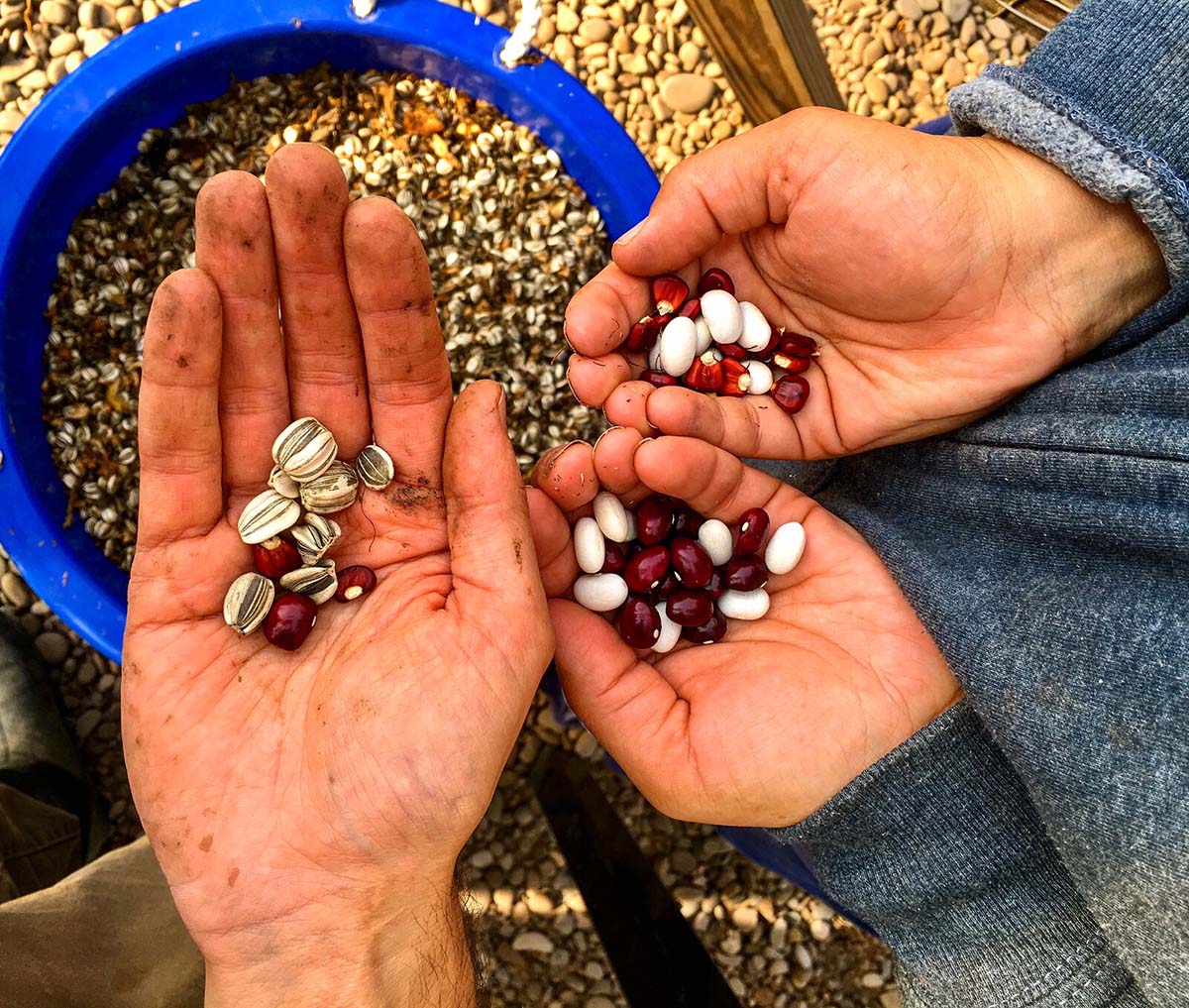

Garden Essentials
What Does The Color Coating Around GMO Seeds Mean
Modified: March 16, 2024
Learn about the meaning behind the color coating around GMO seeds in your garden. Discover how these coatings impact plant growth and overall cultivation.
(Many of the links in this article redirect to a specific reviewed product. Your purchase of these products through affiliate links helps to generate commission for Storables.com, at no extra cost. Learn more)
Introduction
Welcome to the fascinating world of genetically modified organisms (GMOs) and their seeds. As you delve deeper into the topic, you may have noticed that GMO seeds often come with a color coating. These vibrant hues are not merely for aesthetics; they serve a purpose that goes beyond simply making the seeds look more appealing.
In this article, we will explore the meaning behind the color coating of GMO seeds. We’ll dive into the different colors you might encounter and what they represent. By the end, you’ll have a better understanding of the significance behind these colorful coatings.
But before we unravel the mystery, let’s first understand what GMO seeds are and why they exist.
Key Takeaways:
- The color coating on GMO seeds serves as a protective shield, aids in identification, and even contributes to marketing. Different colors indicate specific treatments and traits, helping farmers make informed decisions.
- Blue, red, green, yellow, and orange coatings on GMO seeds signify protection against fungi, insects, herbicides, seed priming, and a combination of protective compounds. Understanding these colors helps farmers maximize crop potential.
Read more: What Chemical Is In GMO Seeds
What are GMO Seeds?
GMO seeds are seeds that have been genetically engineered to possess specific traits or characteristics. Through modern biotechnology, scientists are able to modify the genes of plants to enhance their desired properties, such as improved resistance to pests, diseases, or environmental stresses.
The genetic modification process involves inserting genes from one organism into the DNA of another. This allows scientists to introduce beneficial traits that may not naturally occur in the plant’s genetic makeup.
While GMO technology has been met with controversy and debate, it is important to note that genetically modified crops have been extensively tested and regulated to ensure their safety for consumption and the environment. These crops are subject to rigorous evaluation by regulatory agencies before they are approved for commercial use.
Now that we have a basic understanding of GMO seeds, let’s explore the purpose behind the intriguing color coatings that adorn them.
The Purpose of Color Coating
The color coating of GMO seeds serves multiple purposes, ranging from protection to identification. Let’s take a closer look at why these seeds are adorned with vibrant hues:
1. Protection: The color coating acts as a protective barrier for the delicate seeds. It helps shield them from external factors such as moisture, sunlight, and pathogens. Additionally, the coating can prevent the seeds from sticking together, making them easier to handle and sow.
2. Identification: The color coating aids in the identification and differentiation of different seed varieties. This is particularly important for large-scale agricultural operations where different crops or genetically modified traits need to be tracked and managed separately. The distinct colors make it easier for farmers and seed suppliers to identify and handle specific seed types.
3. Marketing and Branding: The color coating of GMO seeds can also serve marketing and branding purposes. By using vibrant and visually appealing colors, seed companies can create a distinctive visual identity for their products. This helps in building brand recognition and attracting potential customers.
4. Compliance and Regulations: In some regions, seed coating regulations require genetically modified seeds to be visibly distinguished from conventional or non-GMO seeds. The color coating provides an easy and efficient way to differentiate between the two types of seeds, ensuring compliance with regulatory guidelines.
Now that we understand the purpose behind the color coating of GMO seeds, let’s explore the different colors and their meanings.
Different Colors and Their Meanings
The color coating of GMO seeds comes in a variety of hues, each with its own specific meaning. Let’s explore some of the common colors you may come across and their corresponding significance:
1. Blue: Blue-colored coating is often used to indicate that the seeds have been treated with a fungicide. Fungicides are chemicals that help protect the seeds from fungal infections, ensuring better germination and overall plant health.
2. Red: Seeds with a red coating typically signify that they have been treated with an insecticide. Insecticides are used to control pests and minimize crop damage caused by insect infestations. The red color serves as a visual indication that the seeds have been fortified against pests.
3. Green: Green-coated seeds are commonly associated with herbicide resistance. Herbicides are chemicals used to control weeds. Genetically modified seeds with a green coating are engineered to be resistant to specific herbicides, allowing for effective weed control without harming the crop.
4. Yellow: Yellow-coated seeds are often used for seed priming. Seed priming is a technique where the seeds are exposed to controlled hydration and drying conditions to stimulate early germination. The yellow coating may contain beneficial substances that enhance germination and promote early seedling growth.
5. Orange: Orange coating typically indicates that the seeds have been treated with a combination of fungicides, insecticides, or other protective compounds. This multi-purpose coating provides a broad spectrum of protection against various pests and diseases.
It’s important to note that the specific meanings of the color coating may vary depending on the seed company and region. Always refer to the seed packaging or consult with an expert to accurately understand the meaning behind the color of the seeds you come across.
Now that you are familiar with the different colors and their meanings, you can make more informed decisions when selecting and handling GMO seeds.
Blue Color Coating
The blue color coating on GMO seeds serves a specific purpose in indicating that the seeds have been treated with a fungicide. Fungicides are chemicals that are used to control fungal infections and diseases in plants.
Fungal infections can have a detrimental impact on plant health, leading to reduced yield and quality. By treating the seeds with a fungicide and coating them with a blue color, seed companies ensure that the seeds are protected from fungal attacks from the moment they are sown.
The fungicide present in the blue coating helps to create a protective barrier around the seeds, preventing the growth and spread of harmful fungi. This protection is crucial during the early stages of germination and seedling establishment when plants are most vulnerable to fungal infections.
Seed treatments with fungicides not only safeguard the seeds but also contribute to improved crop health and productivity. They ensure more successful germination by minimizing the potential for seed decay and preserving the vitality of the seedlings.
It’s important to note that the specific fungicide used may vary depending on the target fungi and the region where the seeds will be planted. The fungicide is chosen based on its efficacy, safety, and compliance with regulatory standards.
When handling blue-coated GMO seeds, it is recommended to follow the instructions provided by the seed company. Proper storage, handling, and planting procedures should be followed to maximize the benefits of the seed treatment and to promote healthy plant growth.
In summary, the blue color coating on GMO seeds signifies that they have been treated with a fungicide to protect them from fungal infections. This coating plays a vital role in ensuring successful germination and establishing healthy crops.
Look for color coding on GMO seed packaging to identify specific traits or characteristics, such as resistance to pests or herbicides. Each color represents a different trait, making it easier to select the right seeds for your needs.
Read more: What Are GMO Seeds
Red Color Coating
The red color coating on GMO seeds serves as a visual indication that the seeds have been treated with an insecticide. Insecticides are chemicals specifically designed to control or repel insect pests that can cause significant damage to crops.
By coating the seeds with a red color, seed companies can easily distinguish insecticide-treated seeds from untreated ones. This visual cue helps farmers and seed suppliers identify and handle the seeds correctly, ensuring the desired level of pest protection.
Insecticide-treated seeds are particularly beneficial in areas where certain insect pests pose a significant threat to crop production. By incorporating insect-resistance traits into the seeds, genetically modified crops can withstand insect infestations without excessive damage.
When the seeds are coated with a red color, it indicates that they have been fortified against specific insects that commonly attack the crop. The insecticide present in the coating acts as a barrier, deterring or eliminating pests that come into contact with the seeds during the early stages of germination.
It is important to note that the selection and use of the insecticide may vary depending on the target pests and the region where the seeds will be planted. Seed companies carefully choose insecticides that have been proven effective against the specific pests of concern while adhering to regulatory guidelines for safety and environmental impact.
When handling red-coated GMO seeds, it is essential to follow the recommended practices provided by the seed company. Farmers should be aware of any specific precautions, such as wearing protective gear during seed handling, to minimize exposure to the insecticide.
In summary, the red color coating on GMO seeds signifies that they have been treated with an insecticide. This coating serves as a visual indication that the seeds are fortified against specific insect pests, contributing to healthier and more productive crops.
Green Color Coating
The green color coating on GMO seeds signifies that they have been engineered to be resistant to specific herbicides. Herbicides are chemicals used to control and eliminate unwanted weeds that can compete with crops for resources and hinder their growth.
By coating the seeds with a green color, seed companies can easily identify and differentiate herbicide-resistant genetically modified seeds from conventional seeds. This visual cue helps farmers and seed suppliers manage and apply herbicides more effectively.
Herbicide-resistant GMO seeds are designed to tolerate the application of certain herbicides, allowing farmers to control weeds without harming the crop. The green color coating indicates that the seeds contain a genetic trait that confers resistance to the herbicide used for weed control.
When herbicide-resistant GMO seeds are planted, farmers can selectively apply the corresponding herbicide to their fields, targeting and eliminating weeds while leaving the crop unharmed. This targeted weed control helps maintain optimal crop growth and yield potential.
The specific herbicides used with green-coated GMO seeds may vary depending on the region and the target weeds. Seed companies carefully select herbicides that are effective against prevalent weed species while considering environmental and regulatory guidelines.
It’s important to note that using herbicide-resistant GMO seeds does not mean constantly applying herbicides. The genetic modification allows for more efficient and targeted application, reducing the overall need for herbicide use. Additionally, integrated weed management practices, such as crop rotation and mechanical weed control, should be incorporated to ensure sustainable and responsible weed management.
When handling green-coated GMO seeds, it is crucial to follow the seed company’s guidelines and recommendations. This includes proper storage, handling, and application of the herbicides associated with the seeds.
In summary, the green color coating on GMO seeds indicates that they have been engineered to be resistant to specific herbicides. This coating allows farmers to selectively control weeds while preserving the health and growth of the genetically modified crop.
Yellow Color Coating
The yellow color coating on GMO seeds is often associated with a seed treatment technique called seed priming. Seed priming involves exposing seeds to controlled levels of hydration and drying to stimulate early germination and enhance seedling vigor.
The yellow coating on the seeds may contain beneficial substances, such as growth promoters or nutrients, that help kickstart the germination process and promote uniform and rapid seedling emergence.
Seed priming offers several advantages for crop production. By initiating germination before sowing, seed priming reduces the time required for seedling emergence. This can lead to more uniform plant stands, improved crop establishment, and more synchronized growth.
The yellow color coating serves as a visual indication that the seeds have undergone seed priming treatment. This helps farmers and seed suppliers easily identify and differentiate primed seeds from non-primed seeds.
Primed seeds, with their enhanced early vigor, have the potential to withstand and recover from environmental stresses more effectively. They are better equipped to handle sub-optimal conditions such as drought, high temperature, or soil salinity, resulting in improved crop performance.
It’s important to note that the specific substances used in seed priming treatments may vary depending on the crop and desired objectives. Seed companies carefully select the priming solution composition to maximize germination capacity and early seedling development.
When handling yellow-coated GMO seeds that have undergone seed priming, it is essential to follow the seed company’s recommendations. This may include proper storage conditions and appropriate planting techniques to ensure optimal performance.
In summary, the yellow color coating on GMO seeds indicates that they have undergone seed priming treatment. This technique enhances the germination process, promotes early seedling emergence, and improves the vigor and resilience of the crop.
Orange Color Coating
The orange color coating on GMO seeds typically indicates that they have been treated with a combination of protective compounds, such as fungicides, insecticides, or other seed treatments.
By incorporating various protective substances into the orange coating, seed companies aim to provide a broad spectrum of protection to the seeds during the critical early stages of growth.
The specific combination of fungicides and insecticides present in the orange coating helps safeguard the seeds against fungal infections and insect pests, which can significantly impact crop health and productivity.
Fungicides in the coating protect the seeds from fungal diseases, ensuring higher germination rates and healthier seedlings. Insecticides, on the other hand, deter or eliminate harmful insect pests that may attack the seeds or emerging seedlings.
The use of orange-coated GMO seeds with comprehensive protection allows farmers to establish a healthy and robust crop with reduced risks of disease and pest damage.
Seed companies carefully select the combination of protective compounds based on the specific pests and diseases prevalent in the target growing region. The choice of treatments also ensures compliance with regulatory guidelines for safety and environmental impact.
When handling orange-coated GMO seeds, it is important to follow the recommended practices provided by the seed company. Proper storage, handling, and planting procedures will maximize the benefits of the protective treatments and ensure optimal plant health.
In summary, the orange color coating on GMO seeds indicates that they have been treated with a combination of protective compounds, such as fungicides, insecticides, or other seed treatments. This multifunctional coating offers broad-spectrum protection to the seeds, contributing to healthier and more productive crops.
Read more: What Is Wrong With GMO Seeds
Conclusion
The color coating on GMO seeds serves a crucial purpose beyond mere aesthetics. It provides important information about the treatment, traits, and characteristics of the seeds. Understanding the meanings behind these colorful coatings is key to making informed decisions when it comes to selecting and handling GMO seeds.
GMO seeds, which have been genetically modified to possess specific traits, are coated in vibrant hues for various reasons. The color coating serves to protect the delicate seeds from external factors such as moisture and pathogens, while also aiding in their identification and differentiation.
Blue-coated seeds indicate that they have been treated with a fungicide, safeguarding them against fungal infections. Red-coated seeds have been treated with an insecticide, providing protection against damaging insects. Green-coated seeds are engineered to be resistant to specific herbicides, allowing for effective weed control. Yellow-coated seeds have undergone seed priming, stimulating early germination and enhancing seedling vigor. Lastly, orange-coated seeds have been treated with a combination of protective compounds, ensuring broad-spectrum protection against pests and diseases.
It is important to note that the specific meanings of the color coating may vary by seed company and region. Farmers and seed suppliers should consult the specific packaging or seek expert advice to accurately understand the treatment and traits associated with the color-coated seeds they are working with.
As the world continues to grapple with increasing food demands and environmental challenges, GMO seeds play a significant role in improving crop productivity and sustainability. The color coating on these seeds serves as a valuable tool in seed management, helping farmers make informed decisions and maximize the potential of their crops.
By understanding the purpose and meanings of the color coating, farmers and consumers can navigate the world of GMO seeds with confidence, embracing the benefits that genetically modified crops offer while contributing to a more secure and sustainable global food system.
Frequently Asked Questions about What Does The Color Coating Around GMO Seeds Mean
Was this page helpful?
At Storables.com, we guarantee accurate and reliable information. Our content, validated by Expert Board Contributors, is crafted following stringent Editorial Policies. We're committed to providing you with well-researched, expert-backed insights for all your informational needs.
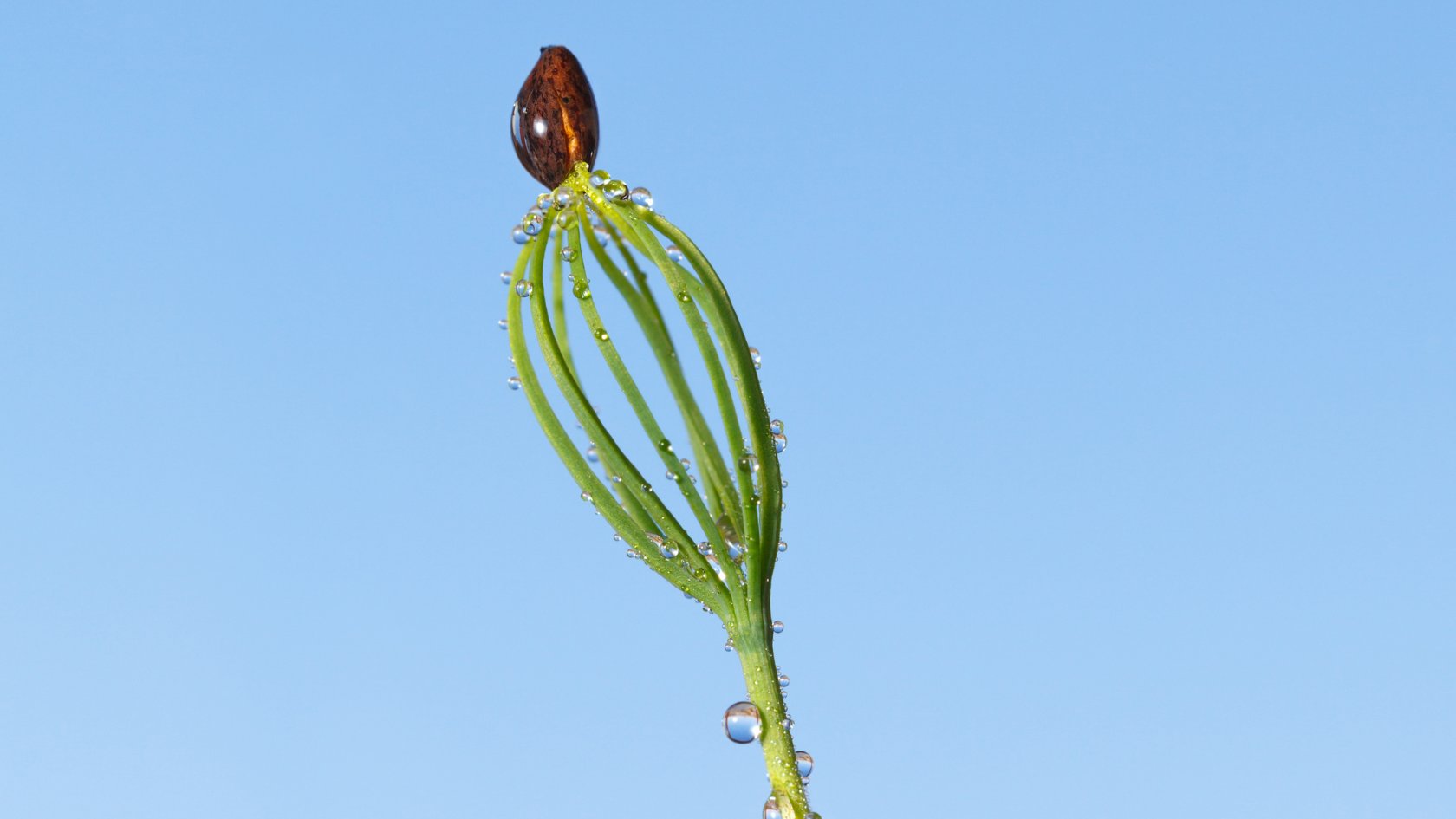
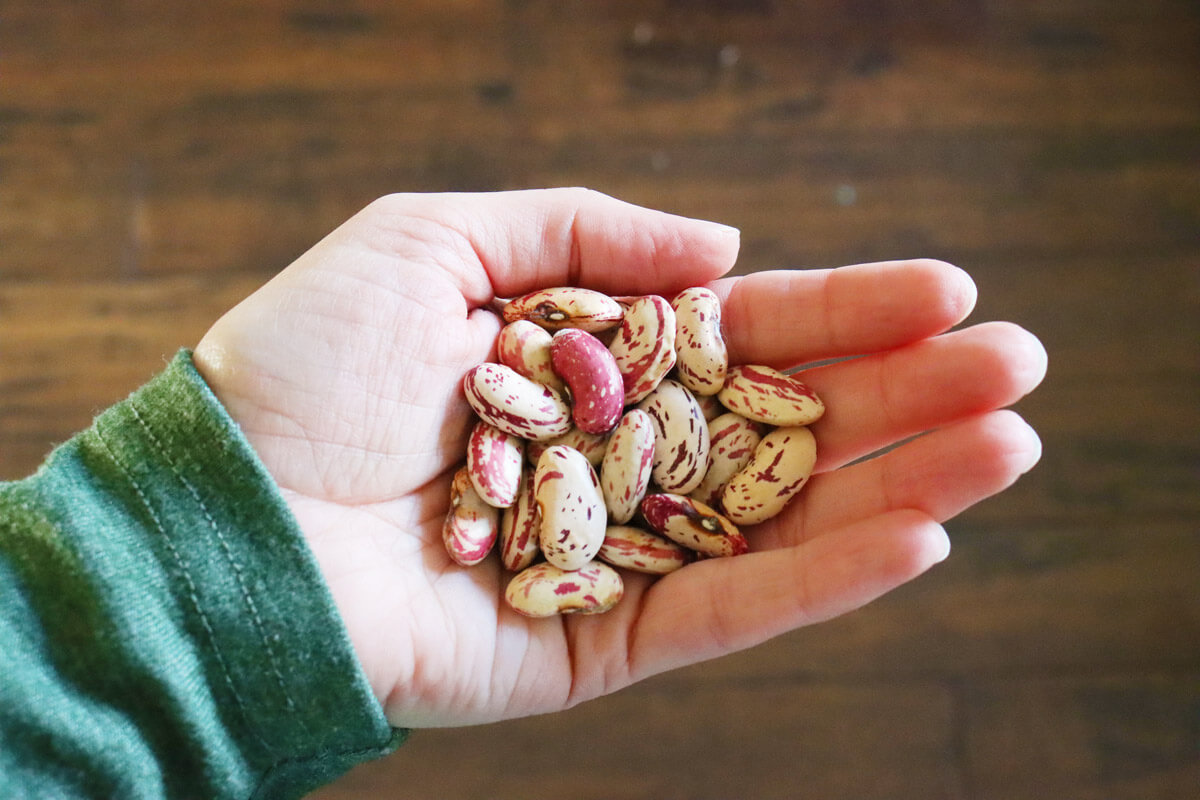
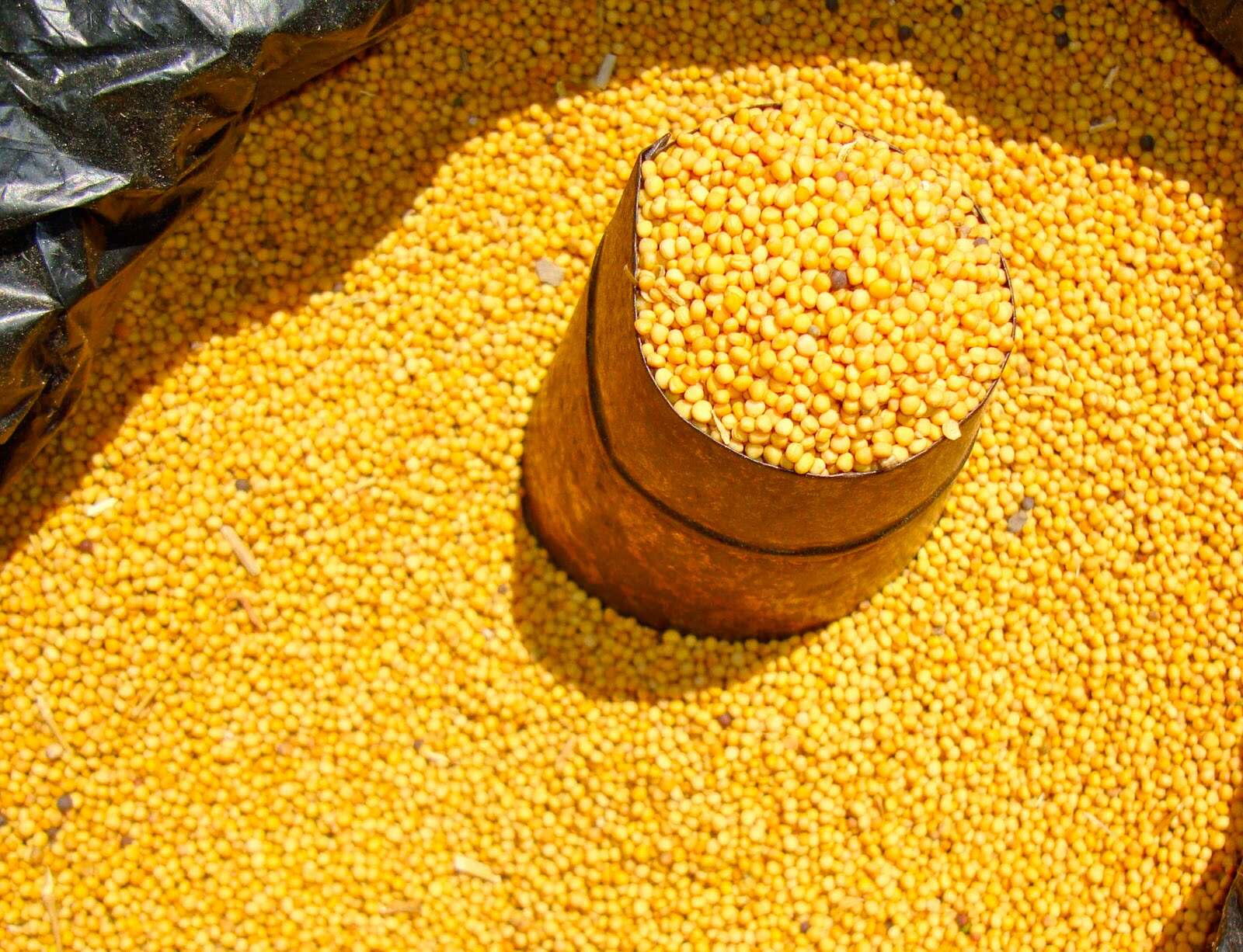
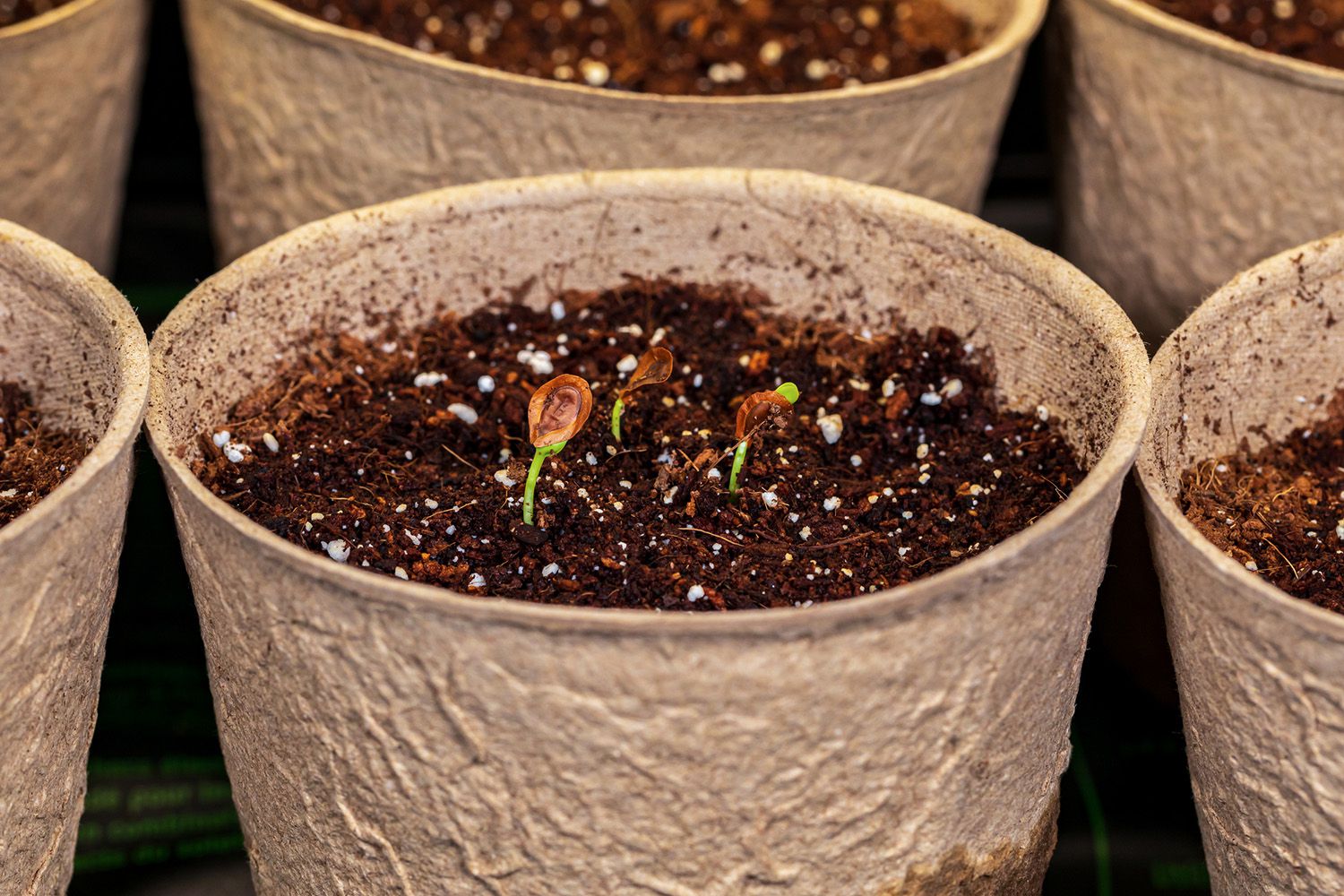
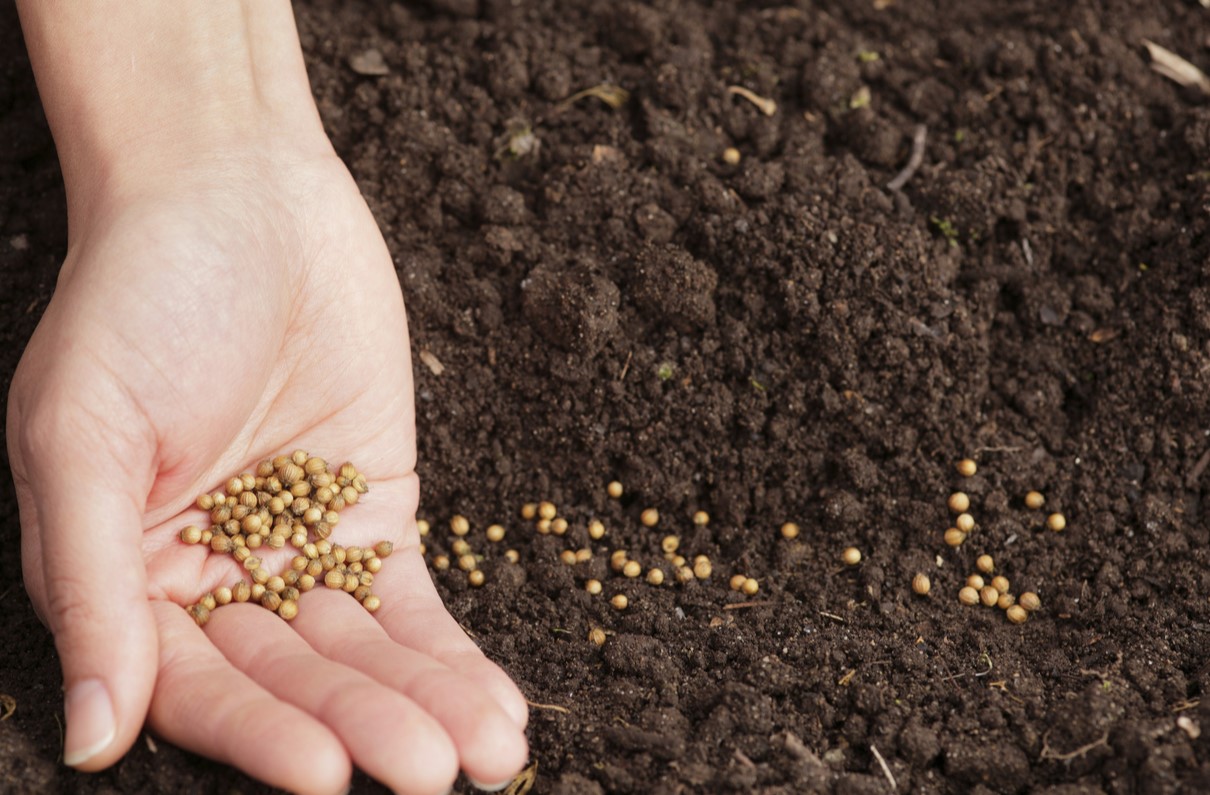
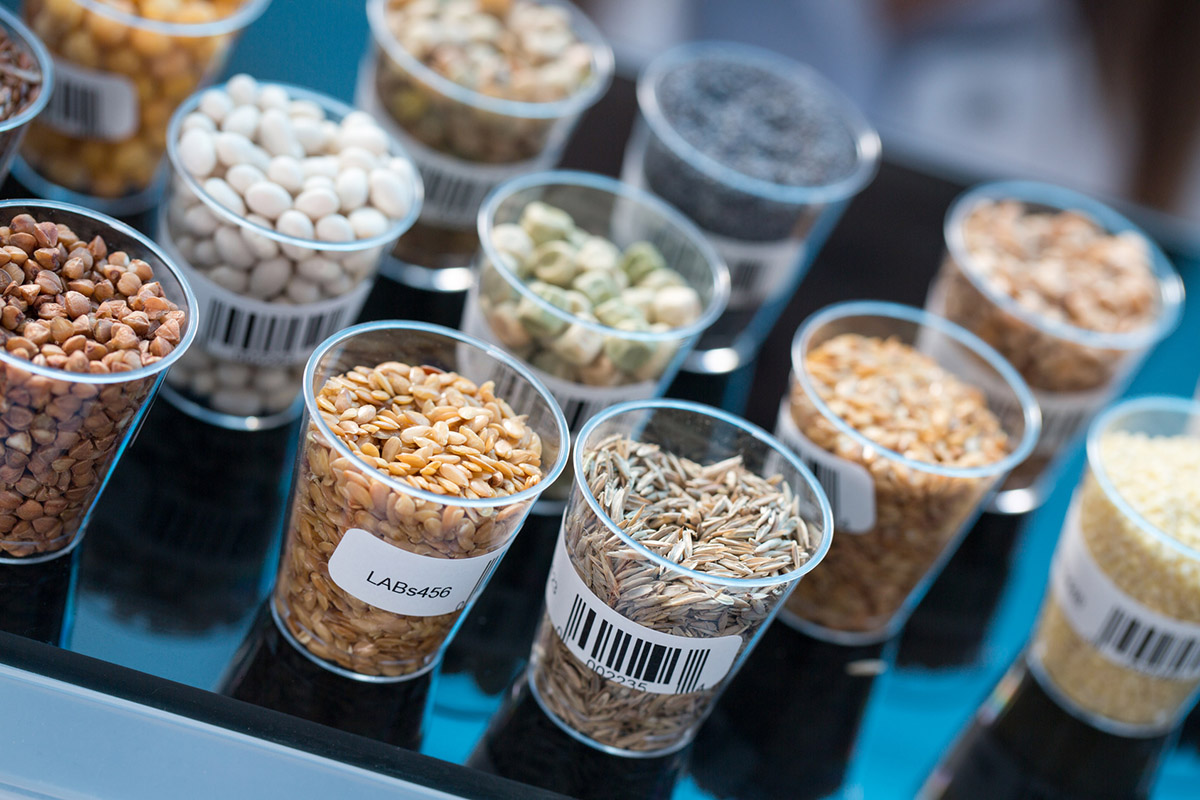
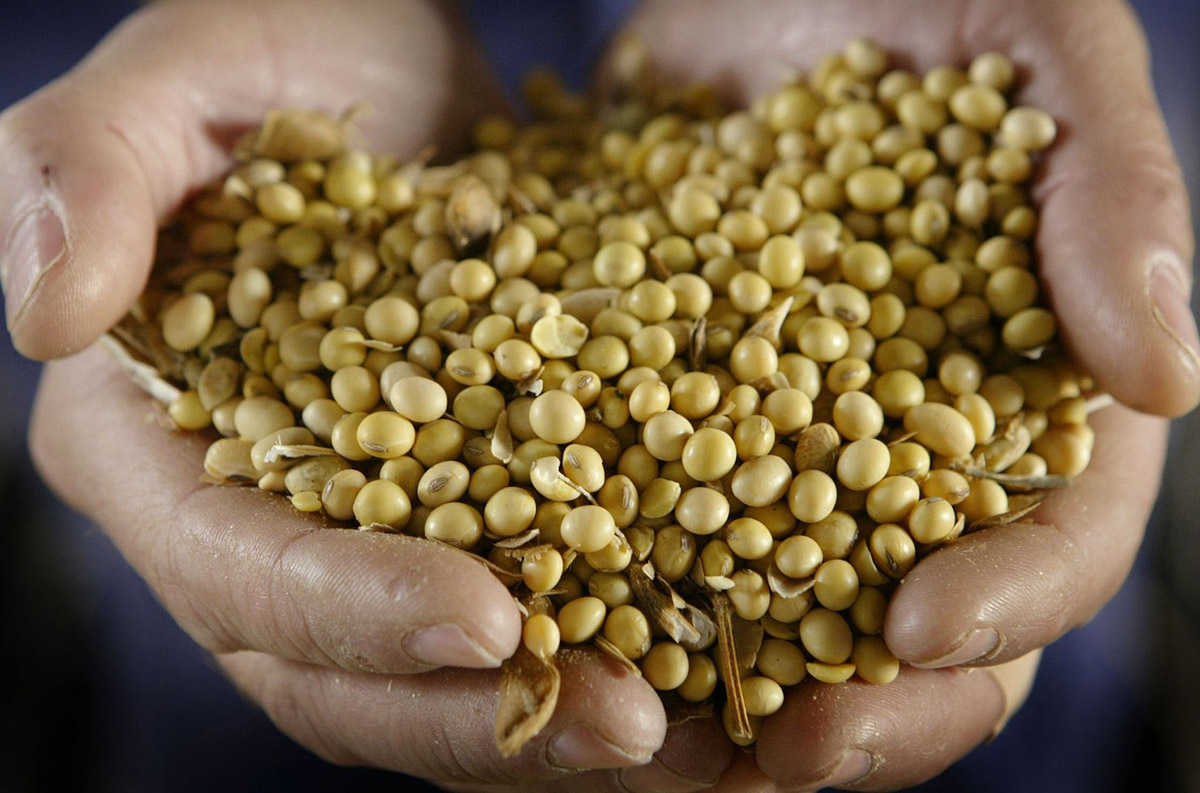
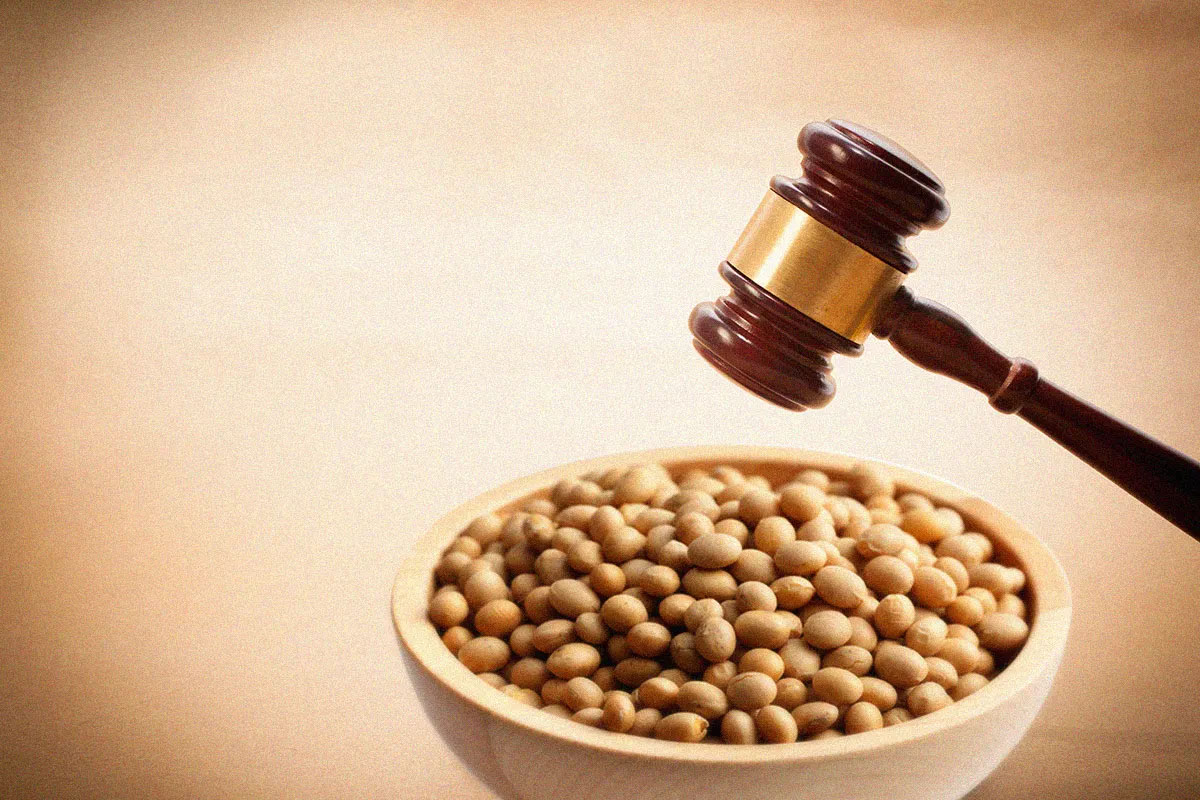
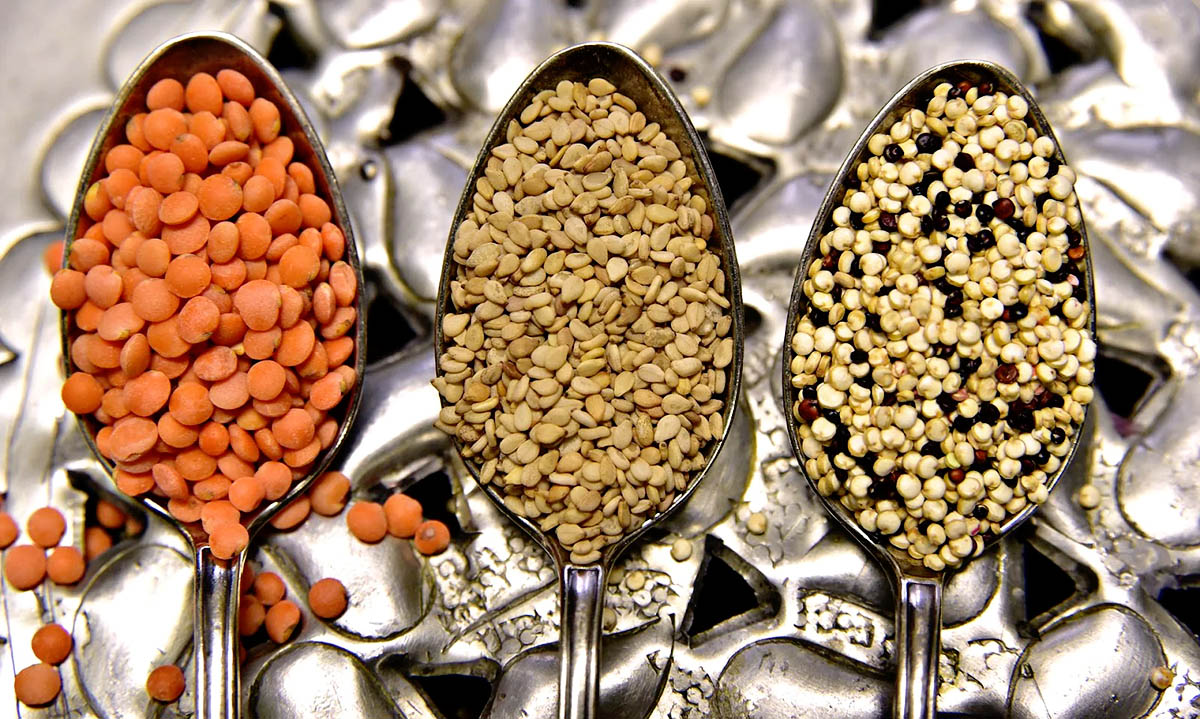

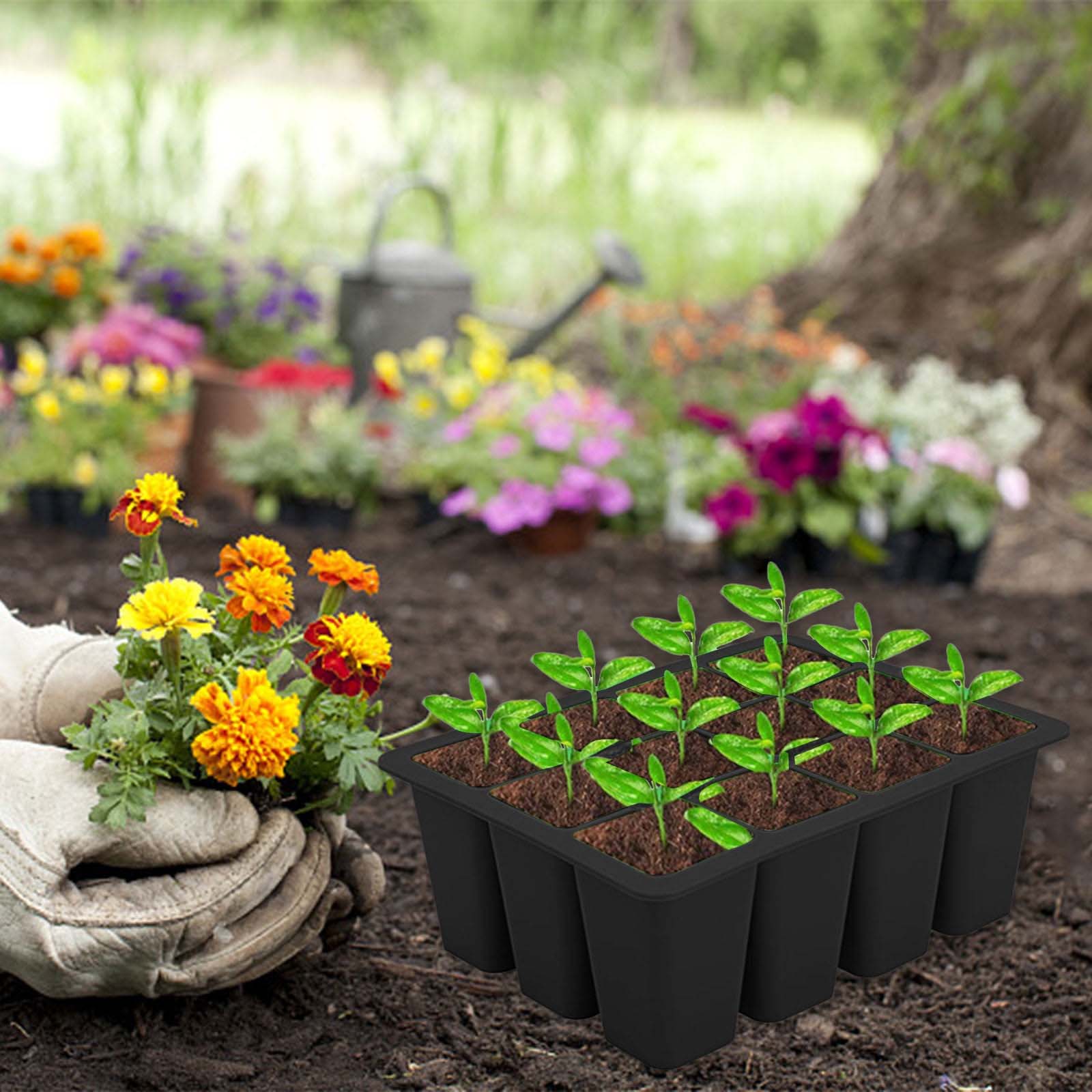
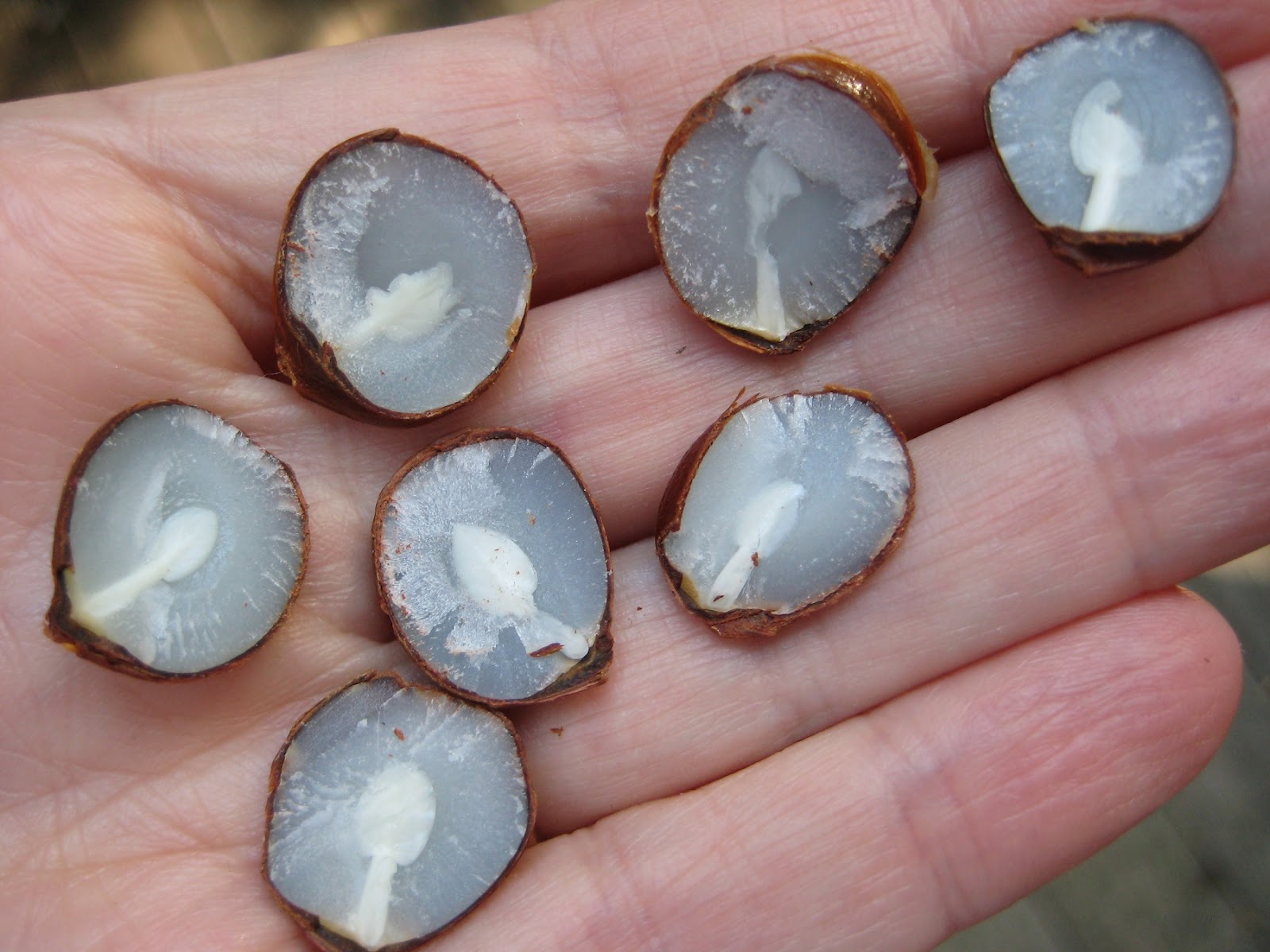
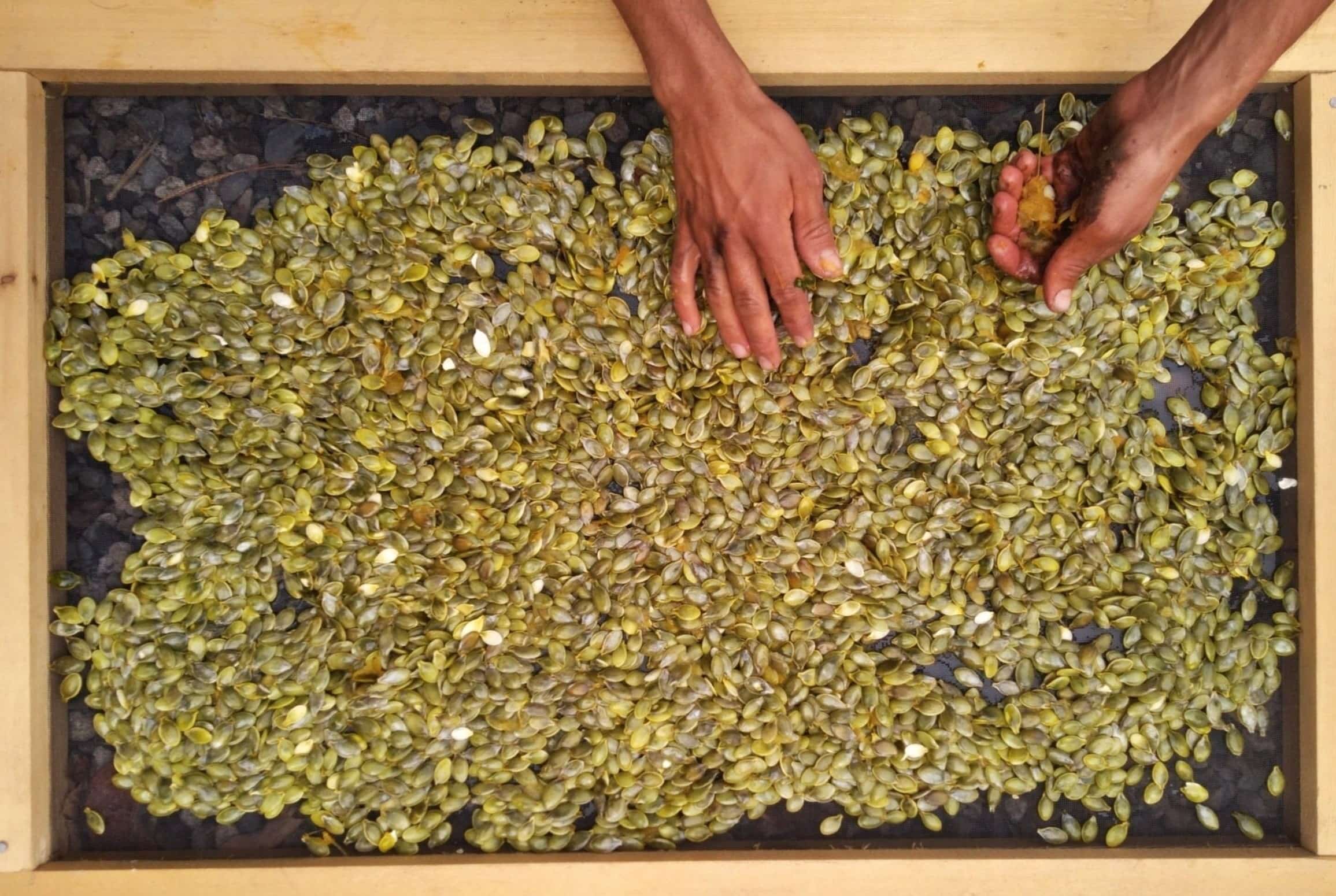

0 thoughts on “What Does The Color Coating Around GMO Seeds Mean”